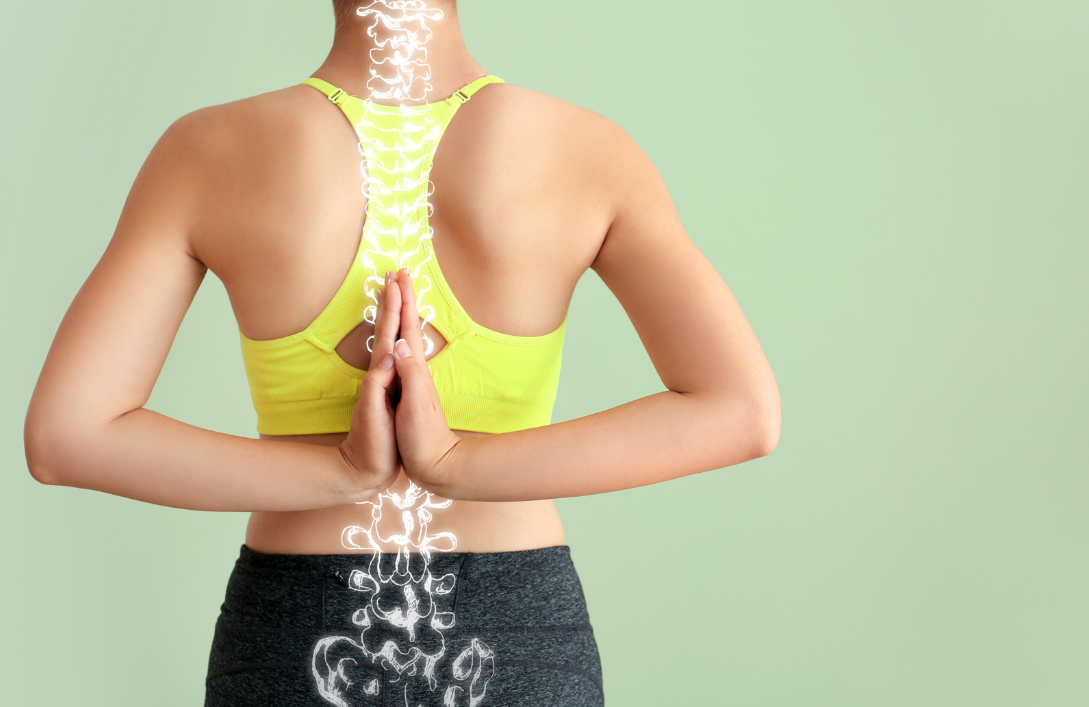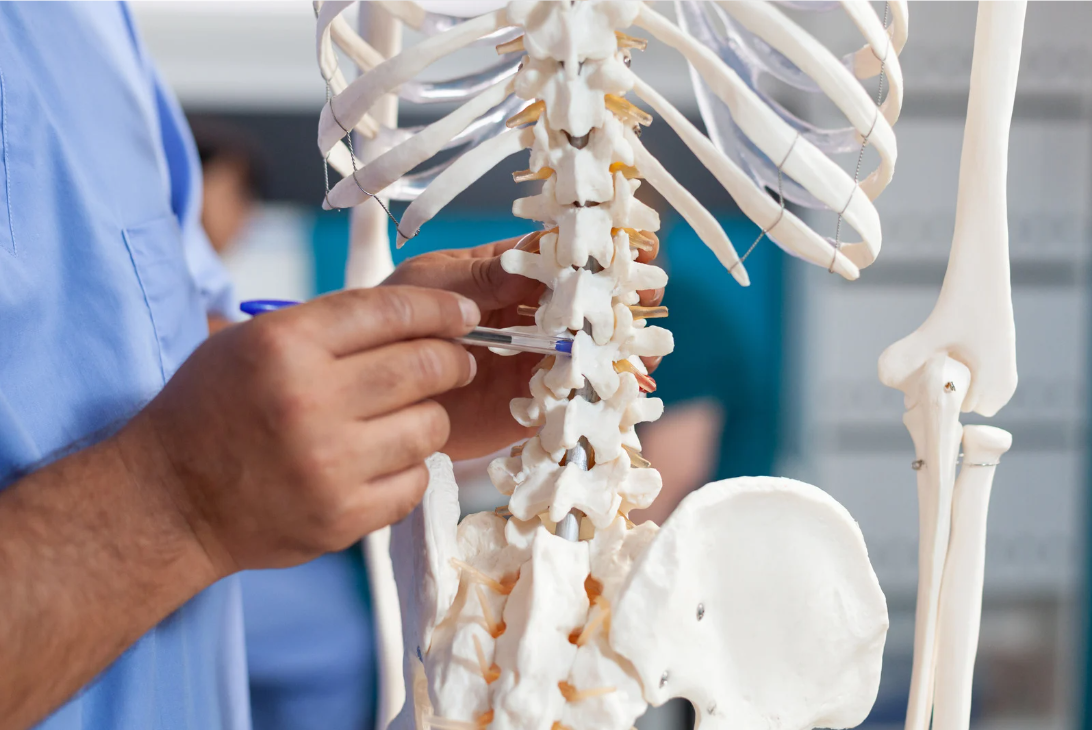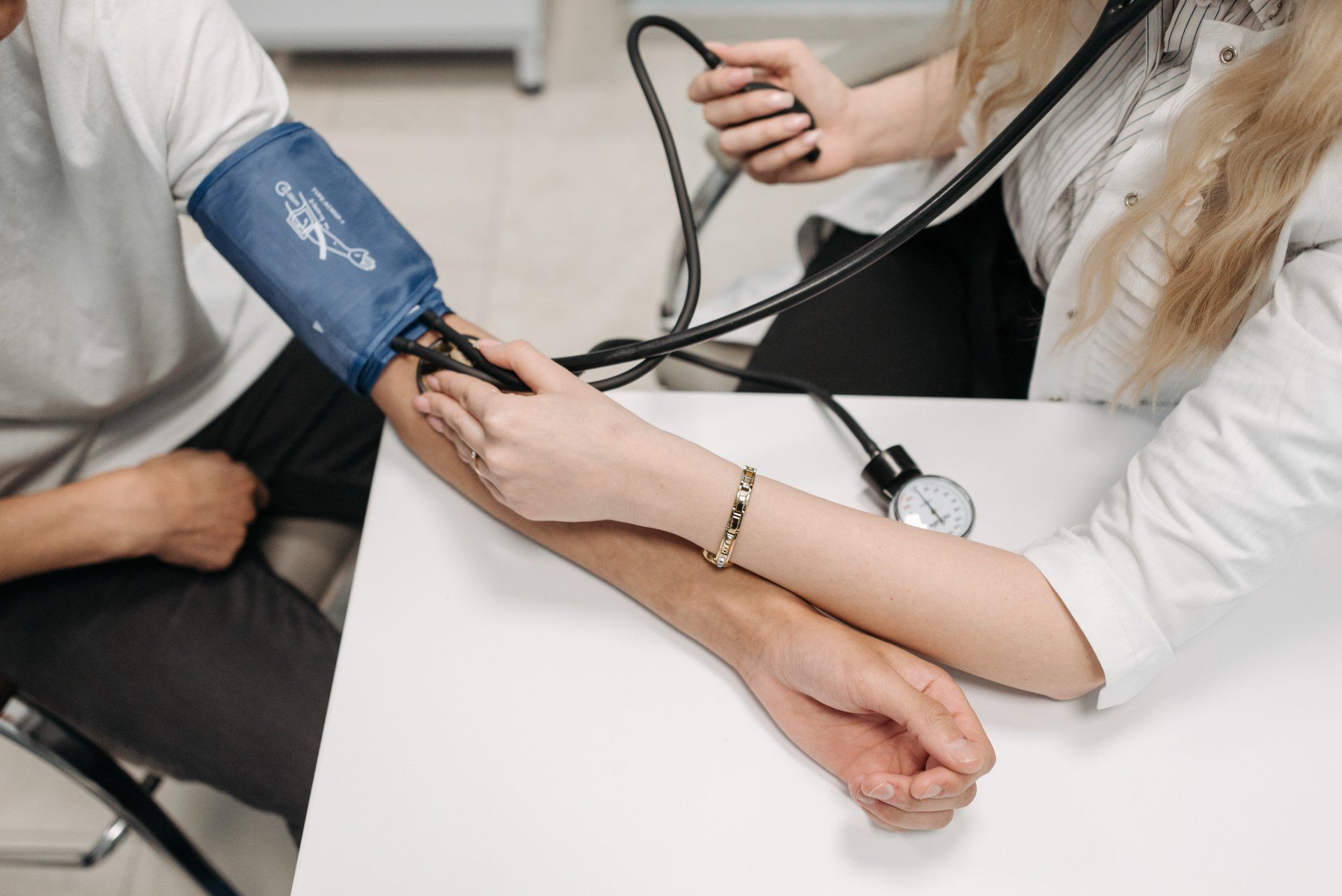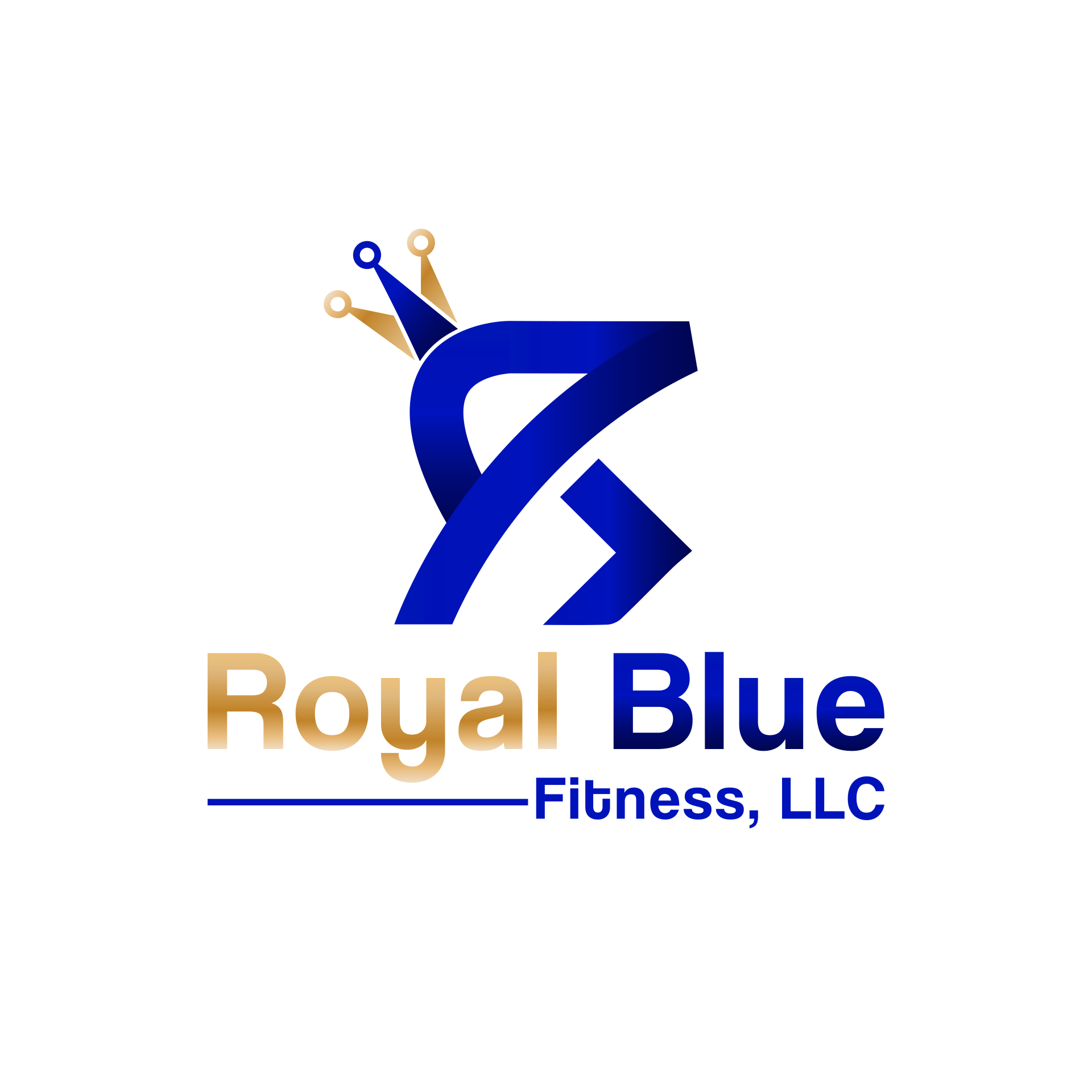Mastering Posture and Alignment for Optimal Health
Introduction: The Crucial Role of Posture and Alignment in Health and Confidence
Good posture and proper alignment not only bring physical health benefits, such as reduced back pain, improved respiratory function, and enhanced athletic performance but also profoundly impact mental and emotional well-being and project an aura of confidence and self-assurance.
Physically, an upright and aligned posture optimizes the function of muscles, joints, and internal organs, facilitating more efficient movement and preventing strain or injury. It allows the body to function under less stress and with greater energy efficiency, improving endurance and less fatigue. Proper posture also plays a critical role in alleviating chronic conditions like lower back pain, neck strain, and tension headaches, often exacerbated by poor alignment.
Beyond the physical benefits, how we carry ourselves can significantly influence our mental and emotional state. Good posture is linked with increased self-esteem and confidence. Standing tall with proper alignment can convey a strong, positive self-image, influencing how others perceive us and how we perceive ourselves. It can lead to better moods and a more positive outlook on life, as research suggests that an upright posture can help counter feelings of depression and increase energy levels.
Moreover, posture can profoundly affect our daily interactions and personal relationships. A confident posture can improve communication and make social engagements more rewarding. It sends nonverbal signals of openness, friendliness, and assertiveness, contributing to more successful and fulfilling interpersonal connections.
Embracing good posture's mental and emotional benefits, along with its physical advantages, offers a holistic approach to well-being. It's not just about correcting how we sit or stand; it's about fostering a balanced lifestyle that aligns our physical health with our mental and emotional resilience.
In the upcoming sections, we will explore the complexities of posture and alignment, revealing the numerous ways they shape our health, confidence, and overall quality of life. By grasping and implementing the principles of good posture, we can embark on a life-changing journey toward a more vibrant, healthy, and confident existence.

Understanding Posture and Alignment
Definition and Role in Physical Health
Posture refers to the way we hold our bodies while standing, sitting, or performing activities. Good posture is the alignment of body parts supported by the right amount of muscle tension against gravity. Alignment is how body parts are positioned in relation to each other. Together, posture and alignment play a crucial role in overall physical health, affecting movement efficiency, organ function, and musculoskeletal health.\
Contribution to Optimal Body Function
Proper posture and alignment allow for a balanced distribution of body weight, which helps maintain control and reduces wear and tear on the joints, especially the spine. The spine has natural curves that form an S-shape, which are in the cervical (neck), thoracic (mid-back), lumbar (lower back), and sacral (pelvis) regions. Each curve is designed to absorb shock, support body weight, and maintain balance.
- Cervical Spine: Normally exhibits a lordotic curve ranging from 20 to 40 degrees, which supports the head's weight and facilitates movement and stability.
- Thoracic Spine: Features a kyphotic curve between 20 to 40 degrees, supporting the upper body's weight and protecting the heart and lungs.
- Lumbar Spine: Has a lordotic curvature of 40 to 60 degrees, bearing most of the body's weight and providing lower back flexibility and movement.
- Sacral Region: Forms a kyphotic curve that merges with the pelvis, acting as a keystone for the lower back and distributing weight to the hips and legs.
Body weight distribution across these spinal segments is critical for maintaining function and preventing pain. For instance, an exaggerated curve in the lumbar spine (hyperlordosis) can increase pressure on the lower back, leading to pain. Conversely, a flattened curve (loss of lordosis) can strain muscles and ligaments, also causing discomfort.
Optimal posture ensures that these spinal curves are maintained but not exaggerated, allowing for efficient load distribution during movement and activity. This balance minimizes the risk of injury and pain, promoting better health and functional capacity. Due to poor posture habits, aging, or specific conditions, spinal alignment changes can lead to uneven load distribution, muscle imbalances, and compensatory mechanisms that impair function and lead to pain and discomfort.
In summary, understanding the specific angles and curves of the spine and their role in load distribution is essential in appreciating how posture and alignment contribute to overall physical health and functionality. Proper posture and alignment are fundamental in supporting the body's structure and function, enabling efficient movement, and preventing pain and injury.

Common Postural Misalignments
Adults often face several typical postural misalignments that can lead to various health issues if not addressed:
- Forward Head Posture (FHP): Characterized by the head jutting forward, often due to prolonged computer or phone use, causing strain on the neck and shoulders.
- Rounded Shoulders: This results from weakened back muscles and tight chest muscles, and this misalignment can restrict chest expansion and breathing.
- Anterior Pelvic Tilt (APT): occurs when the pelvis tilts forward, tightening the hip flexors and weakening the abdominal muscles, potentially leading to lower back pain.
Chronic misalignment can lead to a cascade of health problems, including persistent back and neck pain, reduced range of motion, and compromised breathing. Over time, these postural issues can cause or exacerbate conditions like disc herniation, sciatica, and chronic respiratory problems. Proper awareness and corrective exercises are crucial for mitigating these risks and promoting overall musculoskeletal health.

Causes of Poor Posture and Misalignment
Poor posture and misalignment can result from a variety of factors:
- Sedentary Lifestyle: Prolonged sitting and lack of movement can weaken muscles and lead to slouching and improper spinal alignment.
- Improper Ergonomics: Incorrect workstation setup or inappropriate furniture can force the body into unnatural positions, straining muscles and joints.
- Lack of Physical Activity: Insufficient exercise contributes to muscle weakness and tightness, affecting the body's ability to maintain proper posture.
- Age: Natural aging processes can lead to decreased muscle strength and flexibility, impacting posture and alignment.
- Genetics: Inherited traits can influence the structure and function of the musculoskeletal system, predisposing individuals to postural issues.
- Health Conditions: Certain medical conditions, such as scoliosis or arthritis, affect posture by altering the spine's normal alignment or causing joint changes.
Addressing these factors through lifestyle changes, ergonomic adjustments, and targeted exercises can significantly improve posture and alignment and reduce the risk of associated health problems.

Assessing Your Posture and Alignment
Self-assessing posture and alignment at home can be done through various methods:
- Mirror Test: Stand in front of a full-length mirror and observe if your shoulders, hips, and knees are level and your head is straight. Your spine should have a natural curve without exaggerated bending.
- Wall Test: Stand with your back to a wall; your heels, buttocks, shoulders, and head should touch the wall with minimal space. Excessive space might indicate postural issues.
- Plumb Line Test: Use a plumb line or any vertical line to see if your ears, shoulders, hips, knees, and ankles align when viewed from the side.
You should seek professional help if you notice consistent postural issues, pain, or discomfort. A personal trainer or a physical therapist can provide a detailed posture assessment, identifying specific misalignments and creating a customized plan to correct them. They can guide on exercises, ergonomics, and lifestyle adjustments to improve posture and alignment effectively.
Correcting and Improving Posture and Alignment
To correct common postural misalignments, a combination of exercises and stretches is essential. Key exercises include:
- For Forward Head Posture: Neck stretches and chin tuck exercises can help realign the head over the shoulders.
- For Rounded Shoulders: Shoulder blade squeezes and chest stretches can open up the chest and strengthen the upper back.
- For Anterior Pelvic Tilt: Strengthening the abdominal muscles and glutes, along with stretching the hip flexors, can help correct pelvic alignment.
Personal Trainers and Physical Therapists are vital in correcting postural misalignments. They assess individual posture and alignment needs, developing personalized exercise and stretching programs. Personal Trainers, in particular, can offer more in-depth and comprehensive programs, accelerating the correction of postural alignments. Their guidance ensures exercises are performed accurately, maximizing the benefits and leading to improved posture, enhanced health, and better overall function. This specialized attention helps individuals achieve significant, lasting improvements in posture and alignment.
The Role of Exercises and Movement

Regular physical activity is the best and easiest solution for maintaining and improving posture and alignment. It is crucial to engage in exercises that enhance postural strength and flexibility. Recommended activities include yoga, Pilates, strength training, and stretching routines that target the core, back, and shoulder muscles.
For forward head posture, an example of a balanced program should include:
Neck and Shoulder Stretches
- Neck Extension Stretch: Gently tilt the head backward, stretching the front neck muscles.
- Lateral Neck Flexion: Tilt the head to each side to stretch the side neck muscles.
- Shoulder Rolls: Rotate the shoulders in forward and backward motions to reduce tension.
Strengthening Exercises
- Chin Tucks: Pull the chin straight back to align the head over the spine, strengthening neck muscles.
- Wall Angels: Stand with your back against a wall, moving your arms up and down in a 'snow angel' motion to strengthen your upper back muscles.
- Prone Cobra: Lie face down and lift your chest and head off the ground, extending your spine and opening your chest, strengthening the muscles of the back and neck.
These exercises, performed regularly, can significantly improve forward head posture, enhance overall alignment, and reduce the risk of related discomfort.
Ergonomics and Lifestyle Changes
Creating an ergonomic workspace is essential to supporting good posture. Adjust your chair, desk, and computer screen to maintain a neutral body position: feet flat on the floor, knees at hip level, back supported, and computer monitor at eye level. Use ergonomic accessories like a standing desk, footrest, or wrist supports as needed.
Lifestyle changes for maintaining proper alignment include regular movement breaks to avoid prolonged sitting, engaging in activities that strengthen core muscles, and practicing mindfulness to remain aware of and correct your posture throughout the day. These habits can help prevent the negative effects of poor posture and promote long-term spinal health.
Royal Blue Fitness: Mastering Postural Health
Royal Blue Fitness specializes in helping clients of all ages, genders, and fitness levels achieve and maintain optimal posture and alignment. Our professionals excel at assessing individual needs and implementing comprehensive programs that enhance core postural muscles, flexibility, and proper body mechanics. We are exceptional at tailoring programs for anyone, ensuring sustainable postural improvement, and emphasizing that posture affects everyone. Our commitment at Royal Blue Fitness is to provide expert guidance to optimize posture and alignment, creating personalized pathways to health and wellness.
Conclusion
Achieving optimal posture is not just about improving physical health—it's about embracing a life of freedom and vitality. Proper posture unlocks a world of pain-free movement, enabling you to engage fully in every moment and activity. Imagine moving through your day efficiently, free from the constraints of discomfort, radiating confidence and strength in every step. This is the power of good posture: a foundation for a fulfilling, prosperous life where every movement expresses your potential and well-being.
Resources for Posture and Alignment
- Anatomy of the Spine:
- The American Center For Spine & Neurosurgery: Detailed explanations of spinal structures and functions.
- Spine-Health's Spine Anatomy Overview: Illustrates the anatomy of the spinal column and its components.
- Data and Statistics on Neck and Low Back Pain:
- CDC's Back Pain Fact Sheet: Statistical data on back pain prevalence in the U.S.
- World Health Organization's Back Pain Information: Global statistics and information on back pain and its impact.
- Information on Ergonomics:
- OSHA's Ergonomics Guide: Comprehensive guidelines on setting up ergonomic workspaces.
Subscribe to Our Newsletter and posts
Thank you for Subscribing.
Please try again later.



Business Hours
- Mon - Fri
- -
- Sat - Sun
- -
(925) 318-1310
2001 Contra Costa Blvd Suite A10, Pleasant Hill, CA 94523.
info@royalbluefitness.com
All Rights Reserved | Royal Blue Fitness
